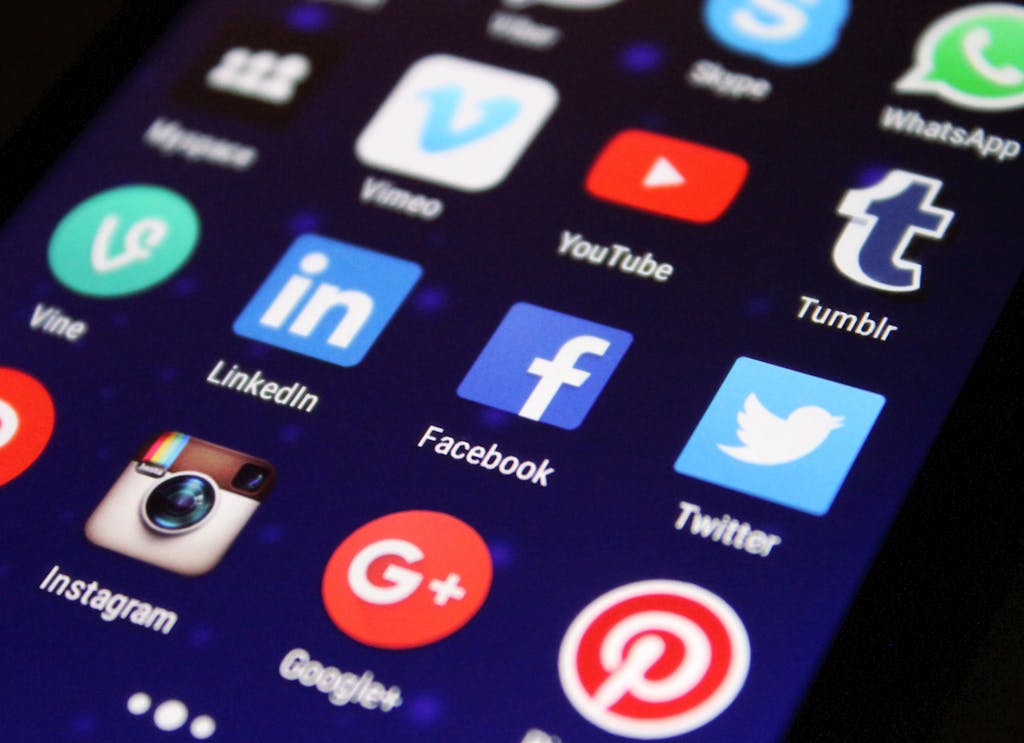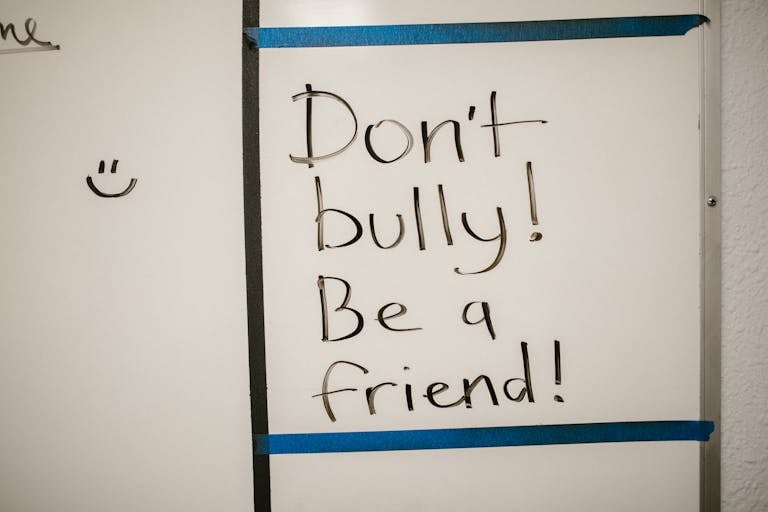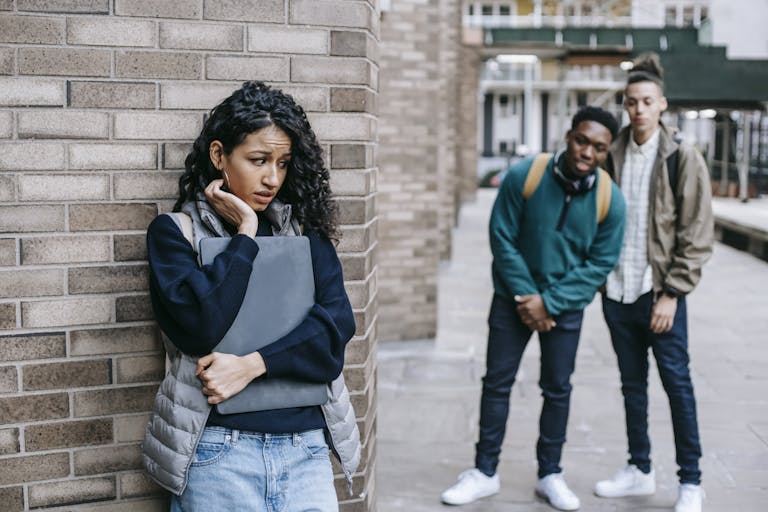The Rise of Cyberbullying: How to Protect Yourself

The Rise of Cyberbullying: How to Protect Yourself
With the rapid expansion of the internet and social media, a new form of harassment has emerged: cyberbullying. Unlike traditional bullying, which often occurred in schoolyards or through face-to-face interactions, cyberbullying allows aggressors to target their victims online, often in ways that are more insidious and difficult to escape.
The Evolution of Social Media and the Rise of Cyberbullying
Social media platforms like Facebook, Instagram, and Snapchat have transformed how we communicate, offering both positive connections and negative interactions. The culture of “likes,” “comments,” and “followers” has created an environment where popularity can become a weapon. For example, terms like “friending” and “unfriending” have now taken on new, sometimes harmful, meanings.
Generation Z, in particular, has grown up with these platforms, consuming and engaging with content at an unprecedented rate. Unfortunately, this engagement also means they are more susceptible to the harmful effects of cyberbullying. The anonymity and distance provided by the internet often embolden bullies to target others without witnessing the immediate emotional impact of their actions.
Understanding Cyberbullying: A Modern Threat
Cyberbullying is often referred to as the “hidden” form of bullying because it can happen out of sight, without teachers, parents, or even peers noticing. Unlike traditional bullying, where a single aggressor might confront their victim face-to-face, cyberbullying can involve groups of bullies targeting an individual online, making the experience even more overwhelming.
The psychological effects of cyberbullying can be severe. Victims often feel isolated, anxious, and depressed. In extreme cases, the relentless harassment can lead to tragic outcomes, including self-harm and suicide.
One example involves a teenage girl who becomes the target of cyberbullying simply because she is friendly and popular at school. Another girl, driven by jealousy, enlists others to spread hurtful messages and images across social media, intending to diminish the victim’s status and self-esteem. The perpetrators often fail to realize—or care about—the long-term consequences of their actions.
The Serious Consequences of Cyberbullying
Cyberbullying is not just a “phase” or “harmless fun”; it has real and lasting effects. According to research, victims of cyberbullying are more likely to experience a range of mental health issues, including depression, anxiety, and suicidal thoughts . The damage inflicted online can be just as harmful, if not more so, than traditional bullying because it often follows the victim everywhere they go, even into the supposed safety of their own home.
Schools that actively address cyberbullying tend to have safer environments overall. Many institutions now include cyberbullying in their anti-bullying policies, recognizing its potential to cause significant harm. In some cases, cyberbullying can even lead to school suspensions and other disciplinary actions.
Protecting Yourself from Cyberbullying: Essential Tips
If you’re a victim of cyberbullying, it’s crucial to take steps to protect yourself and minimize the impact of the harassment. Here are some practical tips:
- Keep Your Social Media Accounts Private: Adjust your privacy settings so that only trusted friends can see your posts. Regularly review your friend list and remove anyone who may be contributing to the cyberbullying.
- Pause Your Social Media Activity: Consider taking a break from social media to give yourself time to heal and distance yourself from the negative interactions.
- Be Cautious with Sharing Personal Information: Never share personal photos or information with people you do not fully trust. Unfortunately, some individuals may misuse these images to harm you.
- Document the Bullying: Keep records of any bullying messages, posts, or images. This documentation can be crucial if you need to report the behavior to authorities or school officials.
- Report and Block Bullies: Most social media platforms have features that allow you to block and report users who are engaging in harmful behavior. Utilize these tools to protect yourself.
- Seek Support: Talk to someone you trust about what you’re experiencing. This could be a parent, teacher, or counselor. You don’t have to go through this alone.
- Focus on Positive Relationships: Surround yourself with friends and family who uplift and support you. Positive social interactions can help counterbalance the negative effects of cyberbullying.
For more tips on how to stay safe online and protect your well-being, check out our post on Building a Safe Online Learning Environment.
Cyberbullying Prevention: Schools and Communities
Schools play a critical role in preventing and addressing cyberbullying. By implementing comprehensive anti-bullying policies that include cyberbullying, schools can create safer environments for all students. Additionally, educating students about the importance of empathy, respect, and responsible online behavior can help reduce the incidence of cyberbullying.
For more on how schools can create supportive environments for students, see our article on The Importance of a Safe School Environment.
Communities, too, must be proactive in supporting victims and holding bullies accountable. Collaboration between parents, educators, and law enforcement is essential in creating a unified approach to combating this modern-day threat.
Conclusion
Cyberbullying is a serious issue that demands our attention and action. By understanding the nature of this modern threat and taking steps to protect ourselves and others, we can work towards creating a safer online environment for everyone. Remember, you are not alone, and there are resources and people available to help you navigate through this difficult experience.
For more resources on cyberbullying, visit StopBullying.gov or the National Cyberbullying Research Center.
Citations & Sources:
- [1] Cyberbullying and its effects on mental health: A meta-analysis. (Journal of Adolescent Health, 2020).
- [2] The psychological impact of cyberbullying: A review. (Journal of School Violence, 2019).




